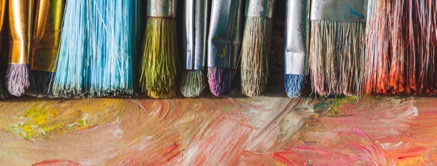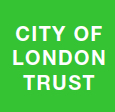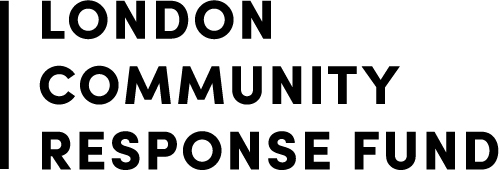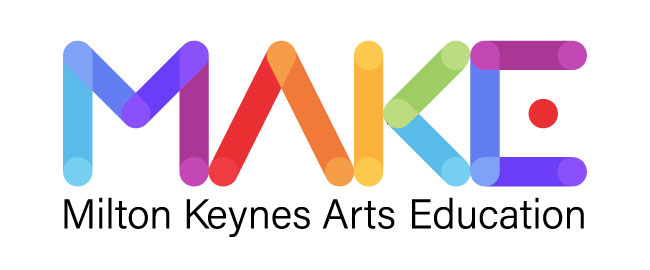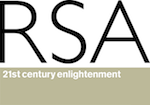Bringing Art to Life through Movement & Dance: Dancing Brushstrokes
|
By Artis Trustee & Mentor Leader, Wendy Steatham (Whirl) An artist uses a range of different brushstrokes – sometimes dark, strong, heavy lines or perhaps light, free and indirect curves. All of these qualities can be transferred to movement/ dance. Rudolf Laban, esteemed dance & movement theoretician, categorised movement into four component parts: Space: direct / indirect Weight: heavy (strong) / light Speed: sudden / sustained Flow: bound / free A physical punching action, for example, would have the qualities: direct; heavy; sudden; and bound.
Now consider the quality of the brushstrokes in a painting – do the lines look sharp and straight (direct)? Do they look light and sustained?
Studying paintings in this way and transferring the qualities identified into movement is a wonderful way of ‘getting in’ to the painting – it is also a lot of fun! Analysing the quality of brushstrokes may well lead to further observations and discussions. For example, how was the artist feeling when they painted certain works? It is well known that the turbulent emotions of Van Gogh, for example, can be seen in his art. His darker days produced paintings with heavy, sharp brushstrokes, often showing twisted, distorted shapes and sometimes continuous, tormented lines.
Recreating different brushstrokes can be a lot of fun and enables great expression of ideas and feelings. Don’t limit this to just painting with an imaginary hand-held brush – imagine the whole body is covered in paint, then create masterpieces with the nose, elbow, knee or tummy! This can lead to the creation of some fantastic movement.
Try linking with other areas of the curriculum, for example paint circles, squares and octagons to support maths or paint important words – big, small, fast or slow. Most of all enjoy being able to express a range of ideas and emotions though the body in response to inspiring pieces of visual art. This blog has been created as part of a set in relation to a project that Artis have been running at the Guildhall Art Gallery: Off the Canvas this Autumn. All workshops are now fully booked but we will update our online booking here if anything changes. Supported by The City of London Corporation. |
10 Dec 2019 |

